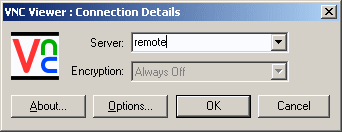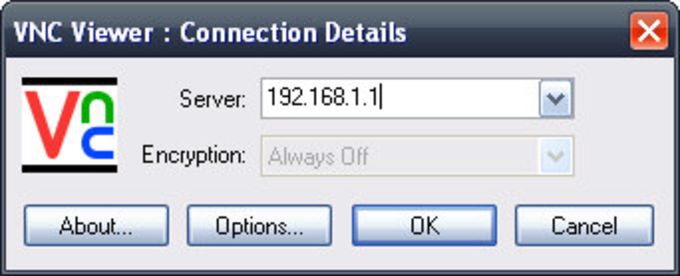

TightVNC (is an improved version of AT&T's Virtual Network Computing (VNC) Viewer that was spearheaded by Constantin Kaplinsky. The Addison-Wesley Microsoft Technology Series. Troubleshooting Microsoft Technologies: The Ultimate Administrator's Repair Manual.

This version is still often used in guides to set up VNC for Linux. TightVNC 1.3.10, released in March 2009, is the last version to support Linux/Unix. Since the 2.0 beta, TightVNC supports auto scaling, which resizes the viewer window to the remote users desktop size, regardless of the resolution of the host computer. Īmong notable enhancements are file transfers, support for the DemoForge DFMirage mirror driver (a type of virtual display driver) to detect screen updates (saves CPU time and increases the performance of TightVNC), ability to zoom the picture and automatic SSH tunneling on Unix. TightVNC is cross-compatible with other client and server implementations of VNC however, tight encoding is not supported by most other implementations, so it is necessary to use TightVNC at both ends to gain the full advantage of its enhancements. TightVNC includes many other common features of VNC derivatives, such as file transfer capability.

It is possible to watch videos and play DirectX games through TightVNC over a broadband connection, albeit at a low frame rate.

It is effectively a combination of the JPEG and zlib compression mechanisms. TightVNC uses so-called "tight encoding" of areas, which improves performance over low bandwidth connection. Constantin Kaplinsky developed TightVNC, using and extending the RFB protocol of Virtual Network Computing (VNC) to allow end-users to control another computer's screen remotely. A server for macOS is available under a commercial source code license only, without SDK or binary version provided. TightVNC is a free and open-source remote desktop software server and client application for Linux and Windows.


 0 kommentar(er)
0 kommentar(er)
